Did you know that nearly 25% of Arowana fish mortality in captivity is attributed to preventable diseases? As an experienced aquarist, I am committed to the well-being of these stunning aquatic species, which are unfortunately prone to a variety of health issues. Ensuring their health requires a robust understanding of prevalent diseases, symptoms, and treatment methods.
In the sections that follow, I’ll guide you through the identification and management of common Arowana health problems, from detecting external and behavioral symptoms to implementing effective Arowana disease prevention strategies and setting up an appropriate Arowana quarantine tank.
Table of Contents
Common Health Issues in Arowana Fish: Key Takeaways
- Understanding and recognizing symptoms is crucial for early disease detection in Arowana fish.
- External and behavioral symptoms provide essential clues about the health status of Arowana.
- Implementing proper Arowana quarantine tank setup can prevent the spread of diseases.
- Regular monitoring and maintaining water quality are key aspects of Arowana disease prevention.
- Proactive measures, including balanced nutrition and environmental control, can significantly enhance Arowana well-being.
Common Health Issues in Arowana Fish
Recognizing and addressing common health issues in Arowana fish is crucial for maintaining their well-being. These beautiful aquatic pets are susceptible to various conditions that can significantly impact their health and longevity.
External Symptoms
Arowana fish often display external symptoms when they are ill. For example, pale gills and raised fluffy patches are common indicators of Arowana Fish Fungal Infections. Increased respiration can also be a telling sign of underlying health issues.
Behavioral Symptoms
Behavioral changes are another critical indicator of health problems. Observing your fish darting around agitatedly or rubbing against the aquarium wall may signal Arowana Parasitic Infestations. Other notable symptoms include frequent yawning, gasping for air, and extended periods of rest, which can point to environmental stress or nutritional deficiencies.
Being vigilant about these symptoms can lead to early diagnosis and treatment, ensuring your Arowana fish remains healthy and vibrant. Dr. Jessie Sanders, an expert in aquatic pet care, emphasizes the importance of early detection to prevent the spread of Arowana Fish Fungal Infections and other health issues. Expert breeders are well-acquainted with these symptoms and stress the importance of regular observations and swift action when signs of illness appear.
Preventative Measures for Arowana Fish Health
Ensuring the health of Arowana fish starts with a proactive approach to preventive care. This involves focusing on three key areas: maintaining optimal water quality, achieving proper tank setup, and conducting regular health checks. Each of these elements plays a critical role in preventing Arowana Nutritional Deficiencies and reducing Arowana Environmental Stress. Let’s delve into each of these aspects in detail.
Maintaining Water Quality
Maintaining optimal water quality is fundamental to preventing many Arowana health issues. Regular monitoring and correcting water parameters are essential to mitigate the risk of diseases such as Branchiomycosis. Keeping the pH balance, ammonia levels, and temperature within ideal ranges fosters a healthy environment where Arowana can thrive. I highly recommend investing in reliable water testing kits to ensure accurate readings.
Proper Tank Setup
A well-thought-out tank setup can significantly reduce Arowana Environmental Stress. Key considerations for a suitable tank setup include:
- Adequate space to allow for free swimming
- Efficient filtration systems
- Proper aeration to maintain oxygen levels
- Hiding spots to create a secure habitat
Providing these elements helps to foster a stress-free environment, which is pivotal in preventing Arowana Nutritional Deficiencies and other health concerns.
Regular Health Checks
Regular health checks are essential in the early detection and management of potential health issues. Scheduled veterinary examinations, including water quality tests and physical assessments, are crucial. Techniques such as mucus scrapes and gill clips help diagnose any underlying problems effectively. Regular monitoring ensures that any signs of Arowana Nutritional Deficiencies or Environmental Stress are promptly addressed.
Identifying Bacterial Infections in Arowana
Detecting and addressing bacterial infections in Arowana fish is essential for their health and longevity. Bacterial infections, if left untreated, can lead to severe complications and even mortality. Understanding the symptoms and immediate treatments available can significantly aid in Arowana disease prevention.
Symptoms of Bacterial Infections
Arowana bacterial infections can manifest through various physical and behavioral symptoms. Common signs include fin damage, discoloration, and lethargy. Additionally, abrupt changes in behavior, such as erratic swimming patterns or a sudden loss of appetite, may indicate underlying bacterial issues. Recognizing these symptoms early can enhance the efficiency of Arowana disease prevention strategies.
Immediate Treatments
Once an infection is suspected, immediate intervention is crucial. Treatments often involve administering broad-spectrum antibiotics and adjusting water conditions to provide an optimal recovery environment. However, accurate identification of the bacteria through laboratory testing is essential to ensure the effectiveness of treatments and prevent antibiotic resistance. By addressing bacterial infections promptly, I can ensure my Arowana fish remain healthy and vibrant.
Treating Parasitic Infestations in Arowana
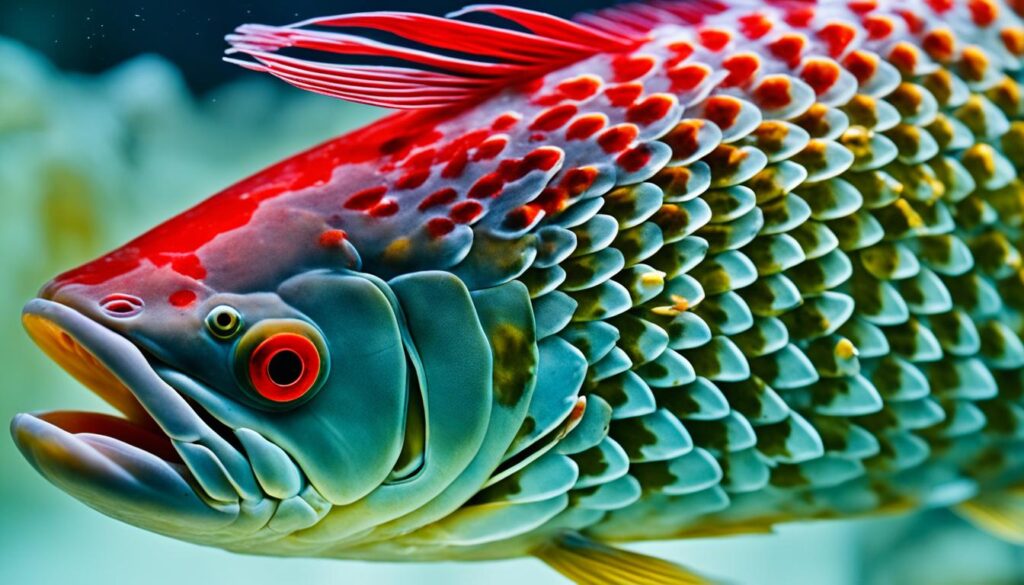
Parasitic infestations, such as ich, are common among Arowana fish and can be identified by the presence of white spots on the body. Effective treatment for Arowana Parasitic Infestations involves the careful application of anti-parasitic medications or administering salt baths. These treatments help to eliminate the parasites while also boosting the fish’s immune response.
Ensuring appropriate Arowana Quarantine Procedures can further prevent the spread of these infestations. By isolating new arrivals and maintaining rigorous tank hygiene, the risk of introducing parasites to the main aquarium can be significantly reduced.
Here are some best practices for effectively managing Arowana parasitic infestations:
- Application of anti-parasitic medications
- Conducting salt baths
- Regular tank cleaning and maintenance
- Implementing thorough quarantine procedures for new fish
| Treatment Method | Description |
|---|---|
| Anti-Parasitic Medications | Specifically formulated to target and eliminate common parasites like ich. |
| Salt Baths | Involves placing Arowana in a saltwater solution to remove parasites. |
| Quarantine Procedures | Isolating new or sick fish to prevent the spread of parasites. |
Managing Nutritional Deficiencies in Arowana
Nutritional deficiencies in Arowana can significantly impact their overall health and appearance. It’s crucial to recognize the signs of these deficiencies early to prevent more severe health issues.
Signs of Nutritional Imbalance
Identifying nutritional imbalances in Arowana involves observing changes in their physical appearance and behavior. Common signs include:
- Refusal to eat
- Lethargy
- Visible changes such as dull coloration and ‘droop eye’
Diet Recommendations
To address Arowana Nutritional Deficiencies, it’s essential to provide a balanced diet that meets their specific needs. Incorporating live prey, such as insects and small fish, can offer vital nutrients. Additionally, specially formulated pellets can enhance their natural coloration and overall health.
By ensuring that Arowana receive a varied and nutritionally rich diet, you can mitigate the risk of health issues and enhance their vitality. Furthermore, maintaining optimal nutrition can help prevent secondary issues such as Arowana Fish Fungal Infections.
Arowana Fish Fungal Infections
The susceptibility of Arowana fish to fungal infections is often linked to compromised immune systems resulting from poor tank conditions or physical injuries. Recognizing these infections early is key to effective treatment and can significantly aid in Arowana disease prevention.
Symptoms and Identification
The primary symptoms of Arowana fish fungal infections include the appearance of white to brown patches on the body, increased respiration, and noticeable lethargy. These symptoms are indicative of fungal presence and should prompt immediate action.
Treatment Options
Treatment options for Arowana fish fungal infections often start with salt baths to alleviate the symptoms. Addressing environmental stressors is equally important in the overall recovery process. In some cases, aggressive fungal strains like Branchiomyces may require more drastic measures, including euthanization, to prevent further spread of the infection. Thus, proactive care and attention to tank conditions are critical aspects of Arowana disease prevention.
Environmental Stress Factors in Arowana Fish
Arowana fish, known for their elegance and poise, are highly sensitive to their environment. Factors such as water quality, tank setup, and social interactions significantly impact their health. Understanding and mitigating these stressors is crucial for their well-being.
Recognizing Stress Symptoms
Arowana fish exhibit several stress symptoms that are critical to observe. Common indicators include erratic swimming patterns, gasping at the water surface, and rubbing against tank surfaces. It’s essential to identify these signs early to prevent potential health issues triggered by stress.
Mitigating Environmental Stressors
To mitigate Arowana Environmental Stress, provide a stable and clean tank environment with balanced nutrition. Implementing Arowana Quarantine Procedures for new arrivals and maintaining optimal water parameters are key strategies. Ensure the aquarium design includes the right filtration, adequate space, and hiding spots to alleviate stress and promote a healthy ecosystem.
| Stress Factor | Impact on Arowana | Mitigation Strategy |
|---|---|---|
| Water Quality | Increases susceptibility to diseases | Maintain regular water changes and proper filtration |
| Tank Size | Elevated stress from lack of space | Ensure appropriate tank dimensions for Arowana’s size |
| Lack of Hiding Spots | Constant stress and anxiety | Incorporate plants and decorations for shelter |
| Social Interactions | Stress from aggressive tankmates | Separate aggressive species and provide isolation if needed |
Effective Quarantine Procedures for Arowana Fish
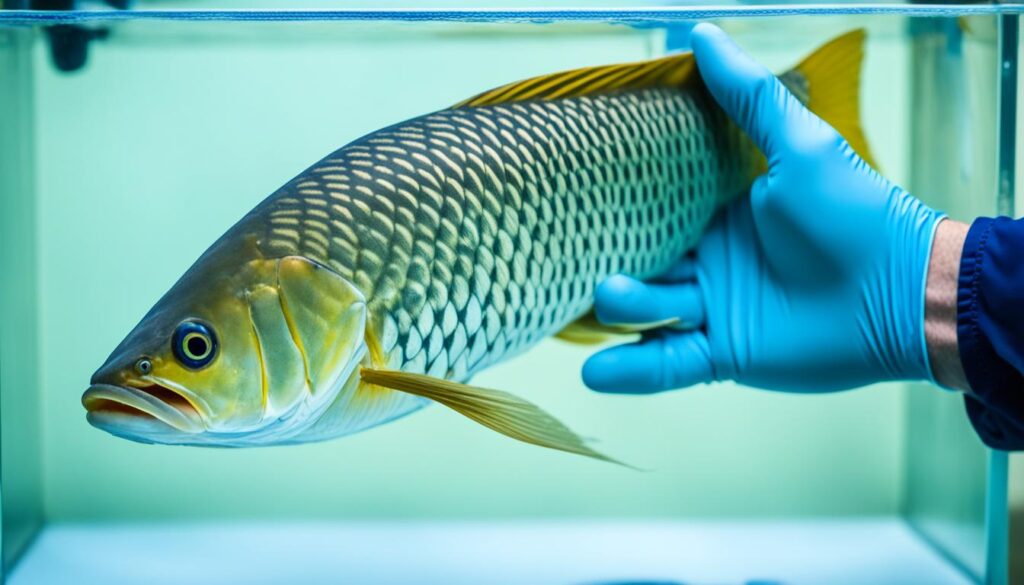
Implementing Arowana Quarantine Procedures is crucial to maintaining the health of your aquatic environment. A specialized quarantine tank setup helps isolate new or sick fish, allowing for detailed observation and specific treatment plans. This proactive approach minimizes the risk of disease transmission.
One of the first steps in establishing effective quarantine measures is selecting an appropriate tank. Ensure that the quarantine tank is adequately sized and equipped with the necessary filtration and aeration systems. Regular water changes and the use of water testing kits are essential to monitor and maintain water quality.
Utilizing protein skimmers in the quarantine tank can significantly improve the water conditions, making it a safer environment for Arowana fish recovering from illnesses. It is also imperative to keep the quarantine area free of stressors that may exacerbate health issues.
- Set up a tank separate from the main display tank.
- Use water testing kits to keep track of ammonia, nitrite, and nitrate levels.
- Regularly clean and maintain the quarantine tank to avoid residual contaminants.
- Employ protein skimmers to enhance water quality.
Effective Arowana Quarantine Procedures are not only about isolating new specimens but also about creating a controlled environment that supports recovery and prevents the introduction of pathogens to the main tank. By addressing potential Arowana Bacterial Infections early and within a dedicated space, I can safeguard the health and longevity of my entire Arowana collection.
Conclusion
In summary, the health and longevity of Arowana fish are deeply tied to our understanding and management of their common health issues. From identifying external and behavioral symptoms to implementing preventative measures and effective treatments, it is clear that informed caretaking can make a significant difference. Recognizing symptoms quickly and acting promptly is essential, whether dealing with Arowana Parasitic Infestations, Arowana Nutritional Deficiencies, or any other health challenges.
The key to maintaining a healthy Arowana lies in preventive care, such as maintaining optimal water quality, providing a balanced diet, and setting up a suitable tank environment. By integrating these practices, aquarists can create a stable and healthy environment, reducing the risk of diseases and stress, which are prime contributors to ailments. Educational resources and regular veterinary check-ups further ensure that Arowana fish lead long, vibrant lives.

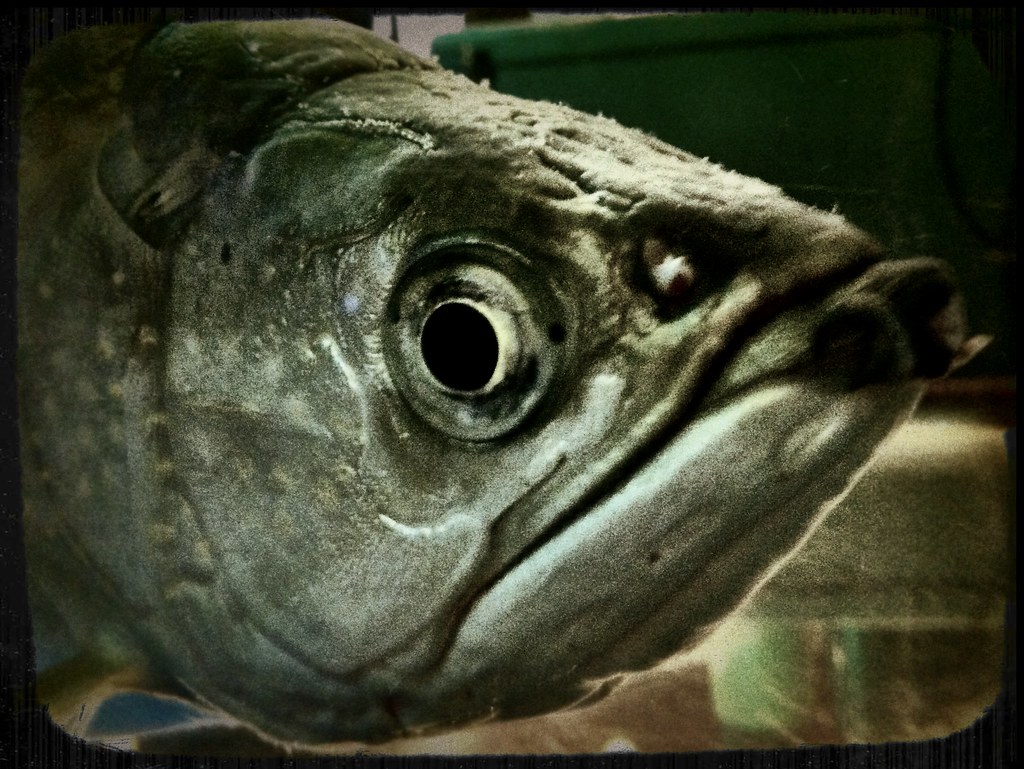
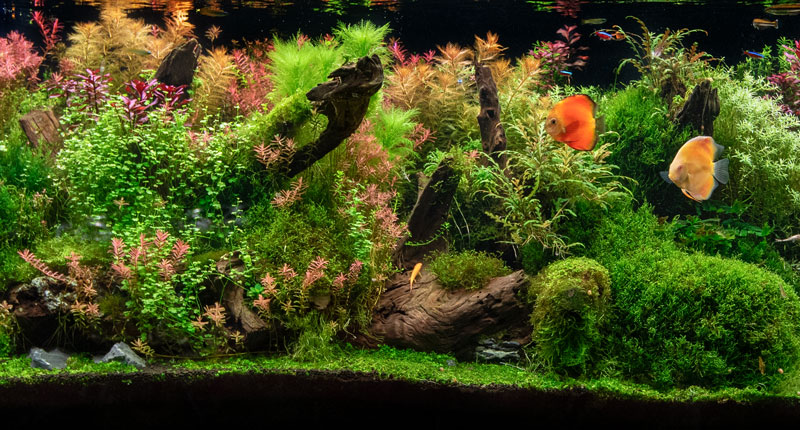

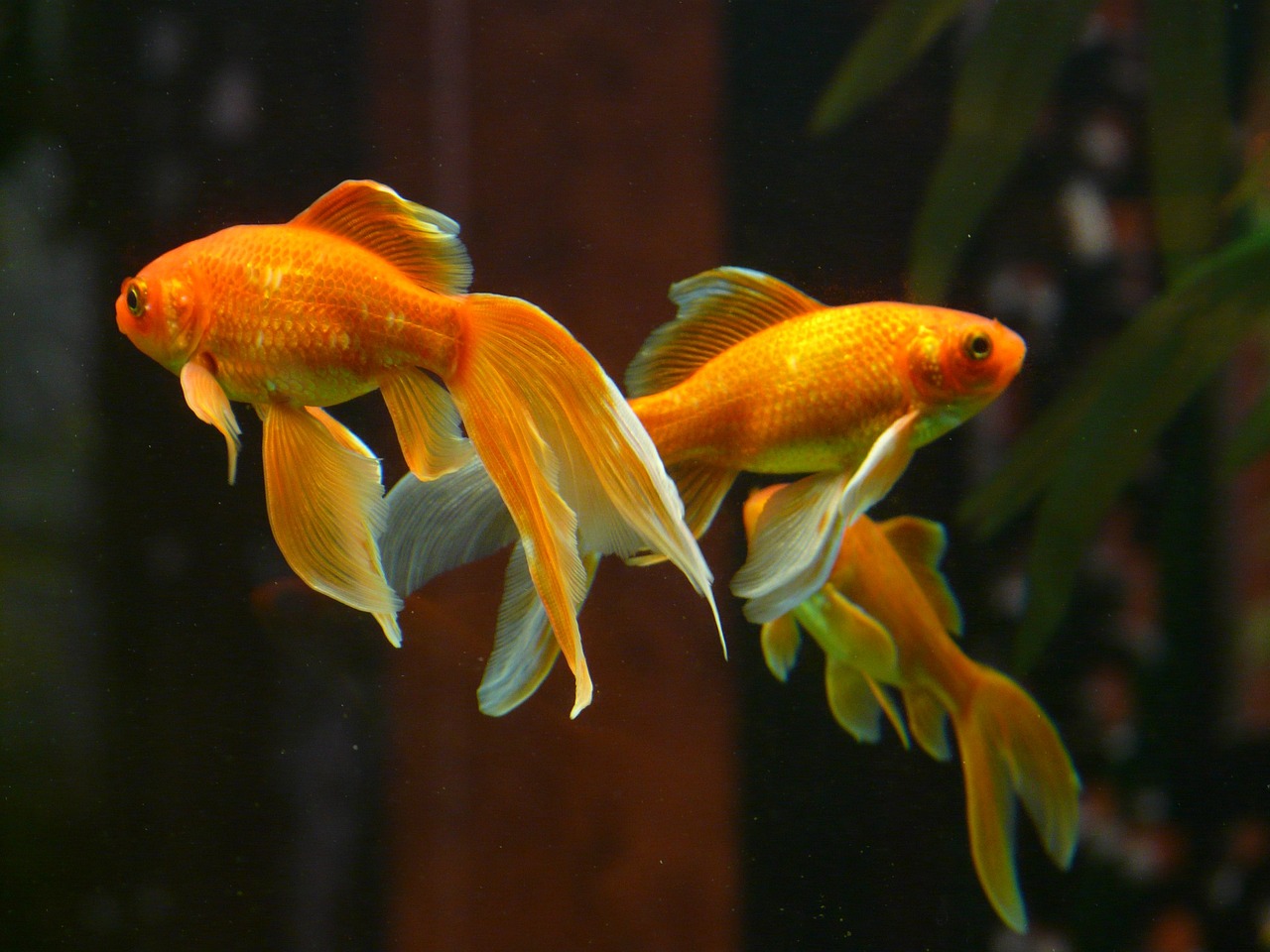
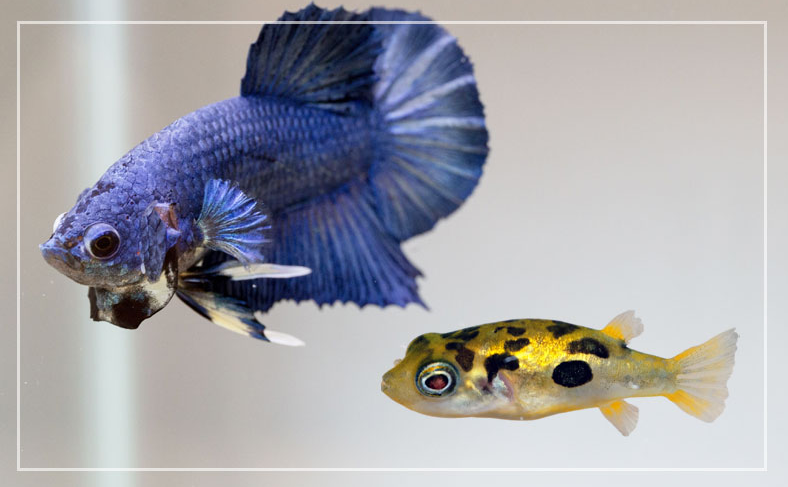
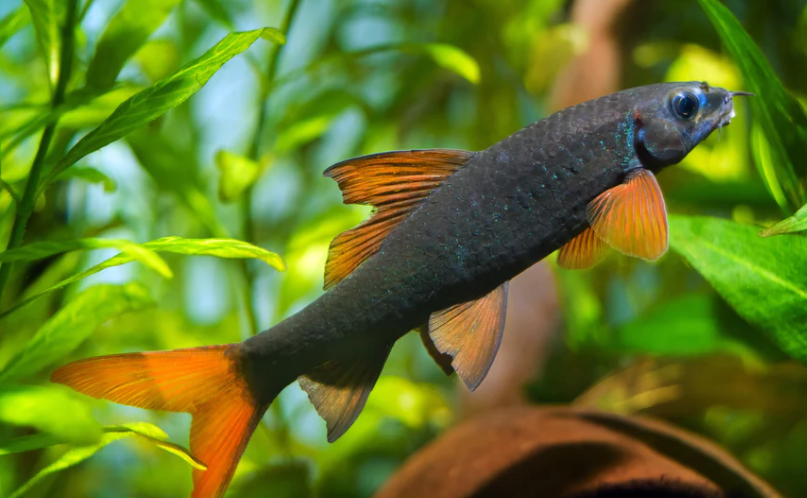
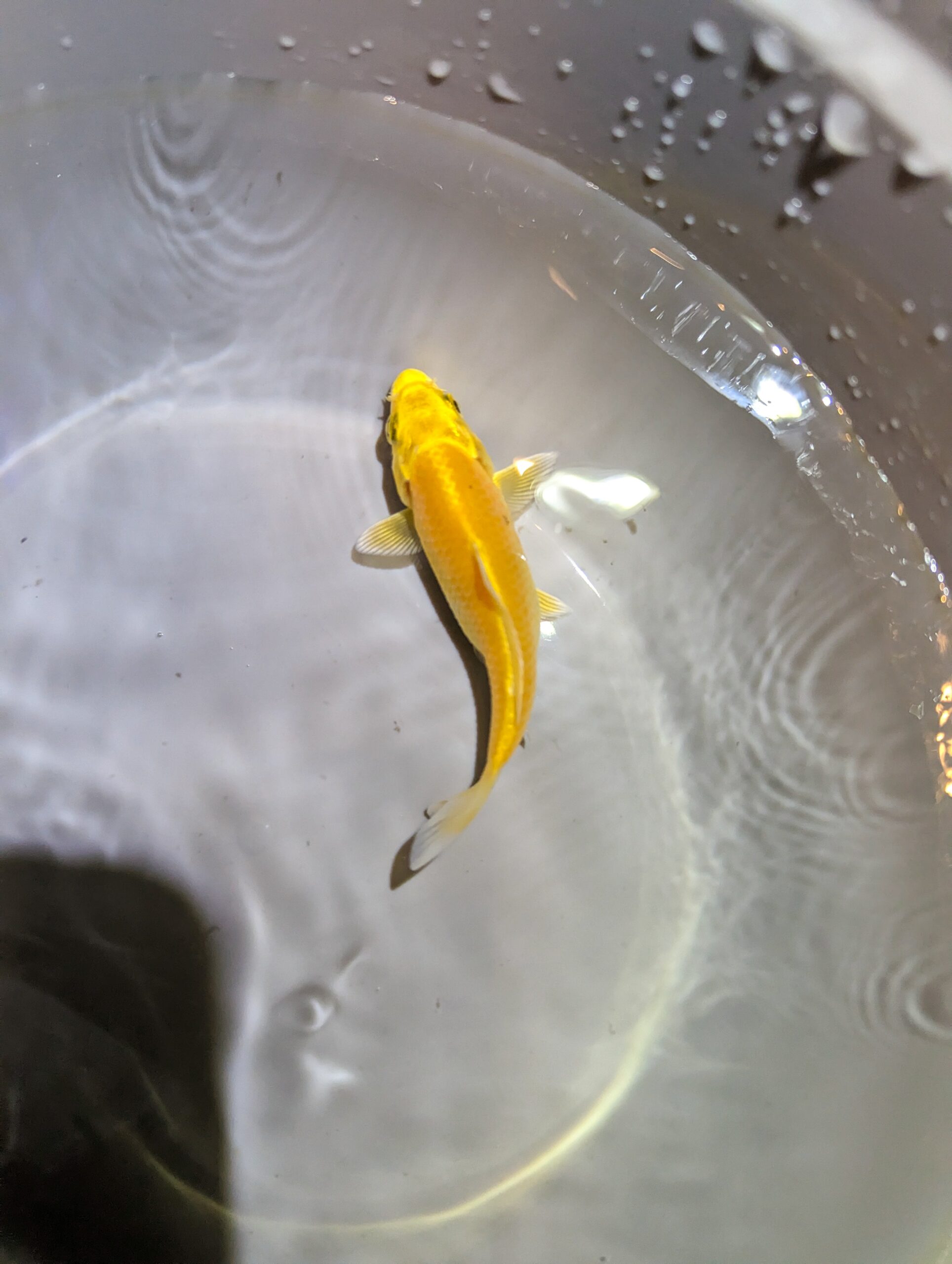
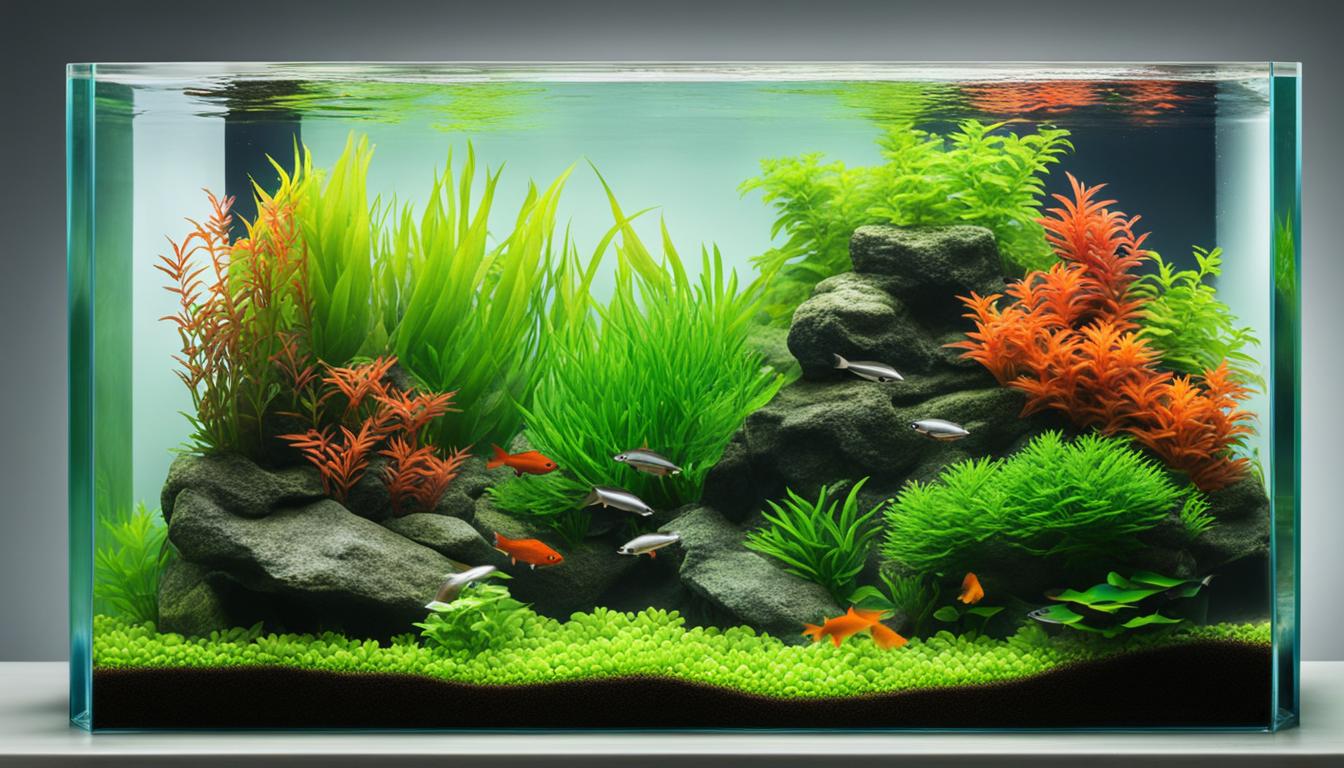
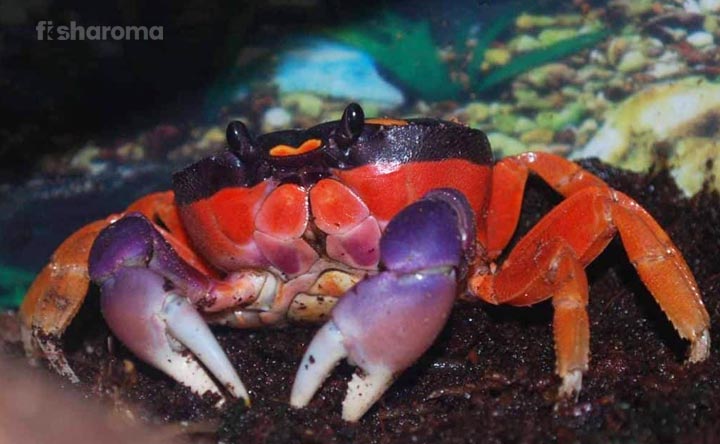
[…] maintaining good water quality, monitoring your fish’s health regularly, and taking immediate action when necessary, you can help prevent and manage common […]